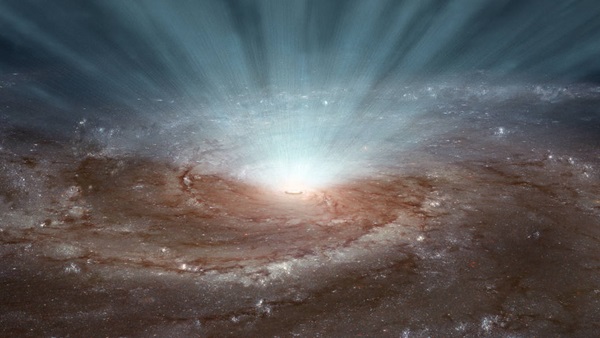Key Takeaways:
By simulating how objects interact near the supermassive black holes in the center of galaxies, astrophysicists from Eötvös University in Hungary have shown, in a new study, that these black holes form a thick disk around a galaxy’s supermassive black hole.
“Previously it was thought that the orbits of both light and massive stellar objects are distributed [uniformly] around the supermassive black hole,” Ákos Szölgyén, a researcher at Eötvös University who led the study, said in a statement, “we now understand that massive stars and black holes typically segregate into a disk.”
Kocsis compared the effect and the behavior of the objects to the movement of bees, “Unlike a swarm of bees around a beehive, stars fly around in the galactic center in a more ordered way: along precessing elliptical trajectories, each confined to a plane, respectively,” he said in the statement. Kocsis continued, describing how the objects shift their orbits slowly over millions of years.
This effect helped the astronomers see that while black holes orbit in a disk, less massive objects like stars form a more spherical distribution, Kocsis added in an email.
Stars usually form in one of two ways at the centers of galaxies. Gas can condense into stars around the supermassive black hole. Or, alternatively, groups of stars called globular clusters can spin into the galaxy’s center, where they’re ripped into the building blocks of new stars by the supermassive black hole. “In both cases, we find a disk of black holes,” Kocsis noted.
That means these black hole disks probably form in all galaxies.
Black Hole Disks and Gravitational Waves
According to Kocsis, better understanding black hole disks could help answer this question because these dense environments “may lead to mergers more often.”
This study was published in the journal Physical Review Letters.
This article originally appeared on Discovermagazine.com.











